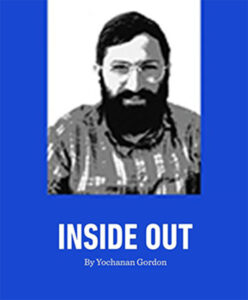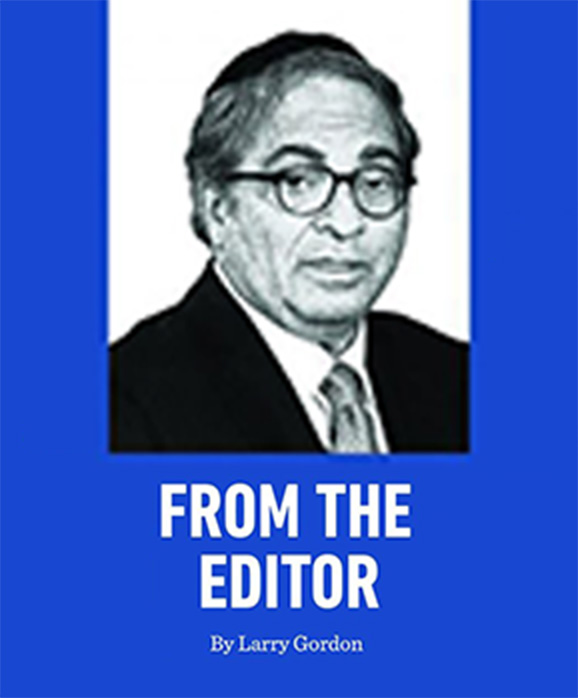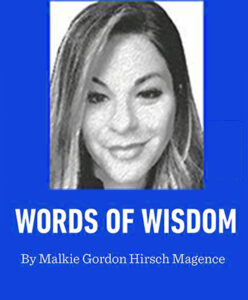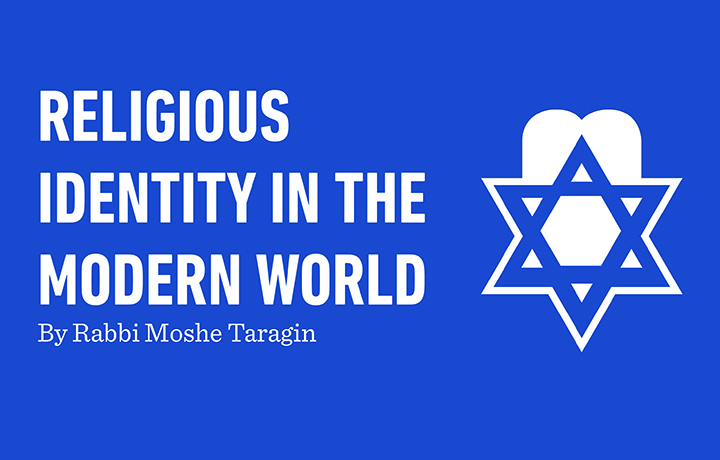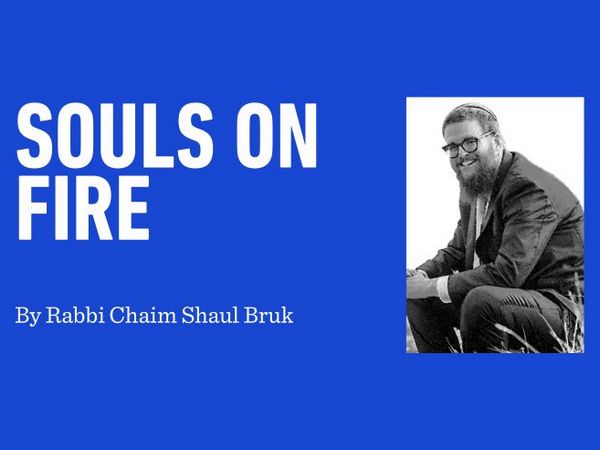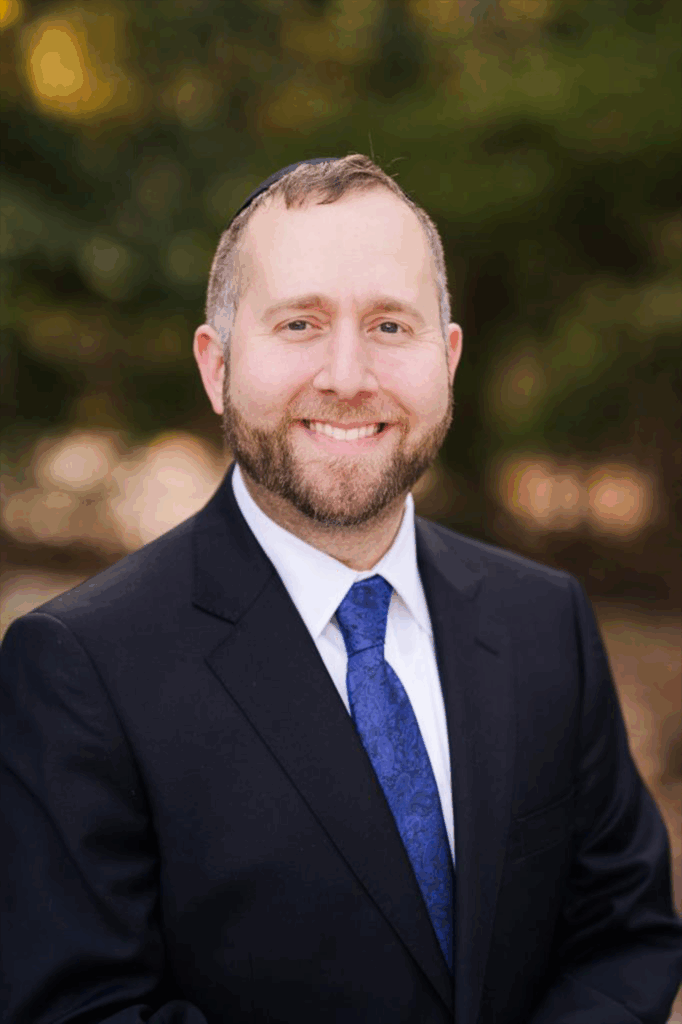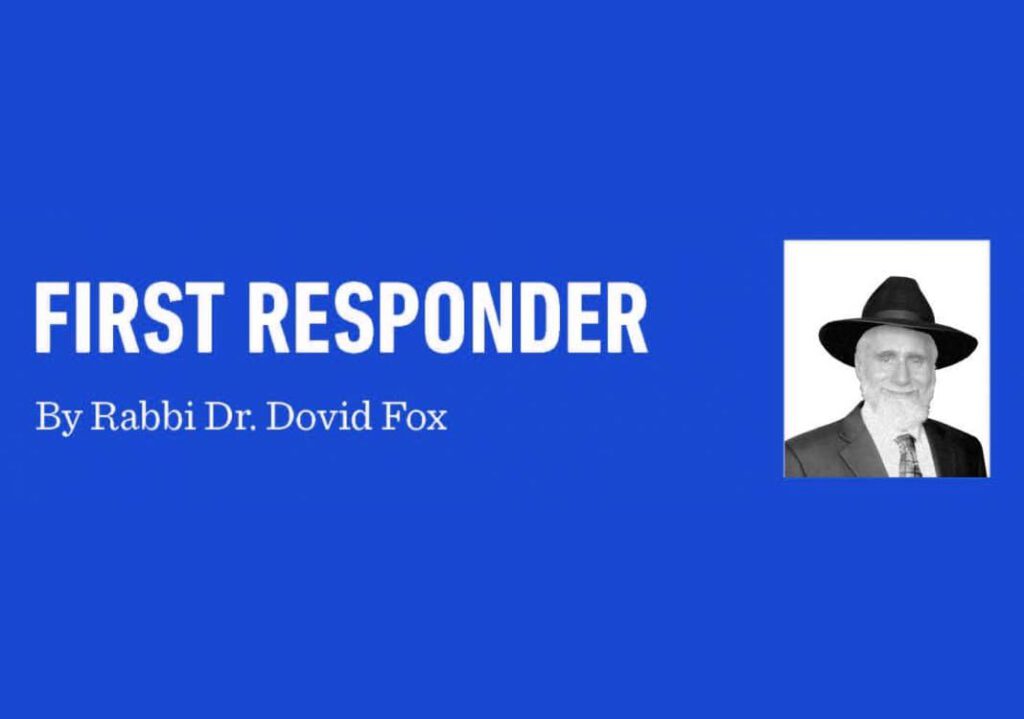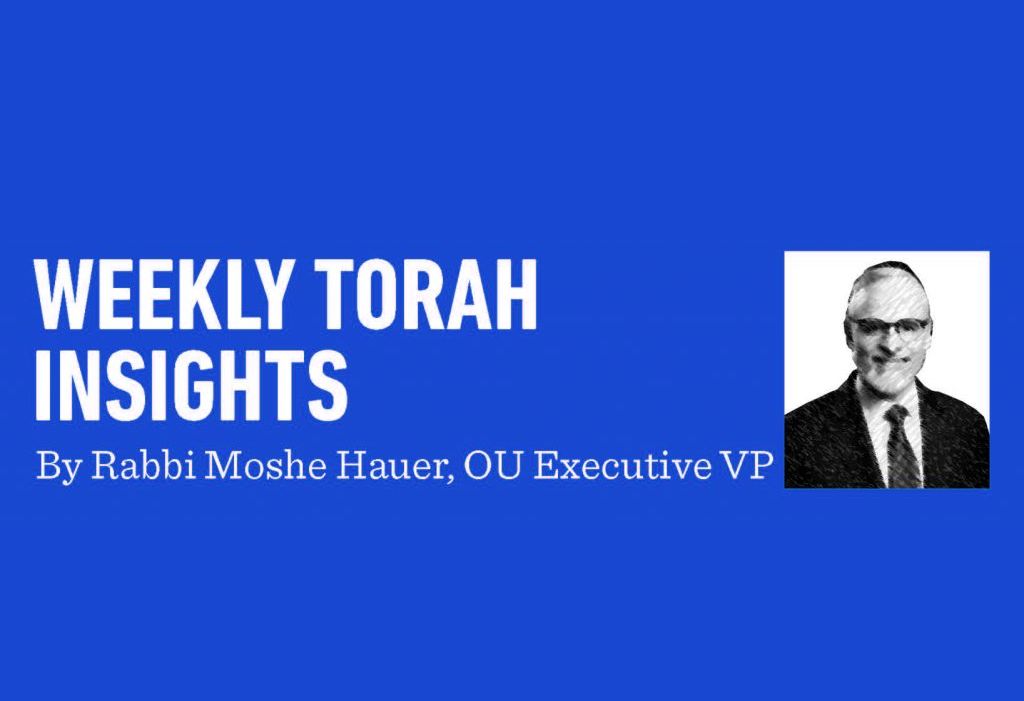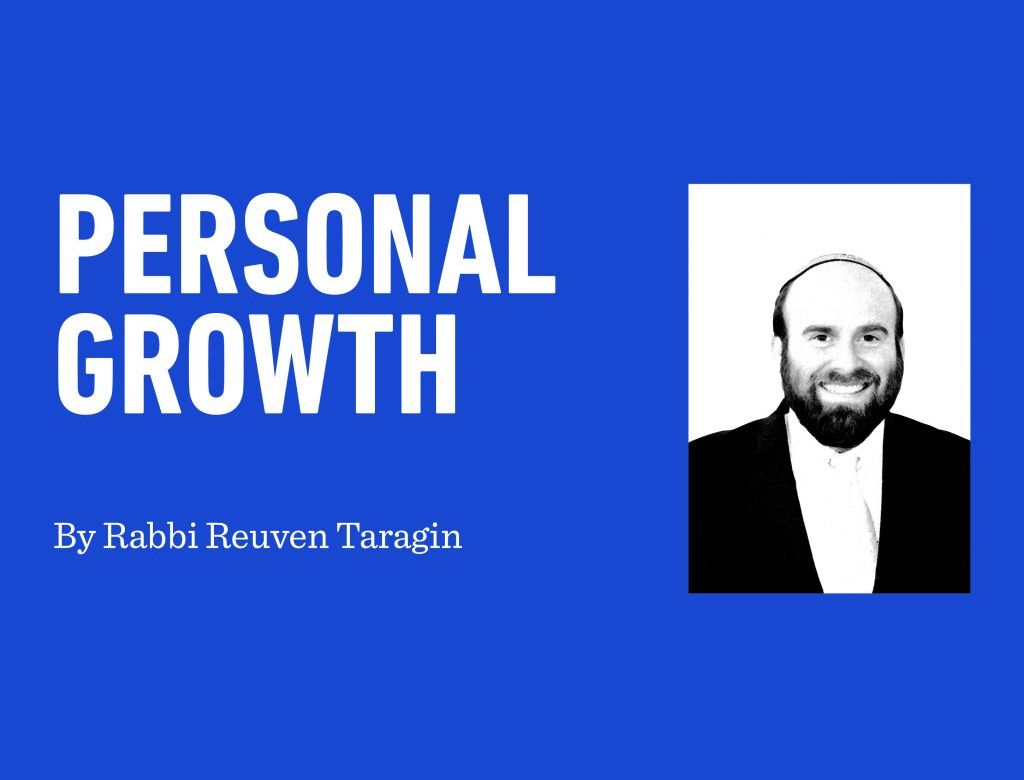What They’ll Never Understand About The Jews
By Rabbi Efrem Goldberg
Chaim Lindenbaum, a 77-year-old man from Haifa, was diagnosed with aggressive leukemia in 2022. Doctors said the grandfather could only survive with a life-saving bone marrow transplant. Dr. Daniel Levi signed up to be a bone marrow donor after moving to Israel from Peru, and he came up as a match for Mr. Lindenbaum, even though they were not related. After finding out he could be a donor, Dr. Levi had one week to prepare for the urgent stem cell transplant, which involves replacing damaged or diseased bone marrow stem cells with healthy ones from a donor. This was arranged through Ezer Mizion, the world’s largest Jewish bone marrow registry. The transplant was a success and the older man wanted to thank his benefactor. But donor rules forced the men to wait a year before the donor’s identity could be revealed.
A year later, Chaim Lindenbaum and Dr. Levi were anxious to finally meet each other. The scheduled meeting was after the Jewish holiday of Simchas Torah, which fell that year on October 7.
As you can guess, the meeting never happened. Dr. Levi and his young family lived in Kibbutz Be’eri and on October 7, when terrorists infiltrated the kibbutz, he answered the frantic calls from the medical clinic. While racing to treat the severely injured, he ran into trouble. As his wife Lihi, 34, daughter Emma, 5, and son Liam, 2, were hiding in a safe room for seven hours, Levi calmly texted her, “I love you” while Hamas terrorists opened fire. After treating many people and saving lives, Dr. Daniel Levi was killed on October 7.
Lindenbaum never got to meet the man who saved his life, but he did get to meet his family. A few weeks after the horror at Kibbutz Be’eri, someone from Ezer Mizion was trying to arrange the meeting and kept calling Dr. Levi, but didn’t hear back. She looked at his file and saw that he was from Be’eri. She did more research and learned that he’d been killed. Nevertheless, she decided to call Lihi to see if a meeting could be arranged. During an “exciting and emotional” meeting for the two families, Daniel Levi’s widow got a chance to do what her husband dreamed of doing for more than a year: hug his bone marrow recipient.
Bending down to little Emma, Lindenbaum explained, “I was very sick—my blood was sick. And today I’m healthy thanks to your daddy’s blood.” He continued: “I was very sad. I wanted to thank him. His blood system is in my body. In a sense, we are like brothers.” He added that a part of Levi still lives on in him: “Aside from leaving behind two beautiful children, he left me the gift of life.”
The truth is that this principle is not limited to Chaim Lindenbaum and Daniel Levi, but all Jews are brothers and sisters, we must work to be perfectly compatible.
In describing the most seminal moment in history, the revelation at Har Sinai, the Torah tells us: “Va’yachanu ba’midbar, vayichan sham Yisrael neged ha’har, they encamped in the desert and the Jewish people camped opposite the mountain.” Rashi famously comments on the change in tense, from the plural “Va’yachanu” to the singular “Vayichan,” that we stood “k’ish echad b’lev echad, like one person with one heart.” The Ohr HaChaim writes that this mindset was from “ikarei ha’hachana l’kabbalas ha’Torah” a critical part of preparing to receive the Torah. It was then, and it is again now, as each year we accept the Torah together anew.
The simple understanding of this concept is that we were united, cooperative, caring, and loving of one another. We were a family, a community, a people instead of just a gathering of disparate individuals. But the idea is deeper. Indeed, we can’t fully observe and keep the totality of Torah unless we are united as one. We are all obligated in Taryag mitzvos, but we can’t yet observe every one of them because we can’t simultaneously be a man, a woman, a Kohen, a Levi, live in Israel and outside of it, with the Beis HaMikdash and without it, etc. The Kiryas Sefer explains that only through the principle of Kol Yisrael areivim zeh la’zeh can we fulfill the entire 613 commandments. By being guarantors for each other, we can be motzaei each other and thereby fulfill it all. It is not a coincidence that areivim is the same word as ta’aroves, a mixture. When we guarantee each other and have one another in mind, we become a mixture together.
The Baal Shem Tov understands this idea in an even deeper way. The only way to fulfill Taryag Mitzvos, he says, is to not only exist independently, but to see ourselves as part of one organic, integrated whole, one unit. This is why Chassidim say before each mitzvah they perform, “B’shem kol Yisrael.”
But perhaps there is yet another explanation. We all know the name of the mountain the Torah was given on is Har Sinai. The Gemara (Shabbos 89a) tells us the etymology of the name Sinai. It is called Har Sinai because it is the mountain from which sinah, hatred, descended against the Jews. While countless explanations have been offered for antisemitism, the world’s oldest hatred, there is no unifying explanation because it has reared its ugly head in times of prosperity and poverty, in times of assimilation and strong Jewish identity, in times we inhabited our homeland and at times we were in galus.
Ultimately, our rabbis taught that we are hated because we stood at Har Sinai and accepted a great role and responsibility, a mission to be models and examples, to improve and repair the world. Various cultures and systems of morality challenge the timeless moral truths of the Torah, but they don’t endure. We are meant to be the moral conscience of the world, an example of creating an ethical and holy society and community, and the people of the world don’t like that.
The sinah, the hatred of the Jews, goes back to Har Sinai 3,337 years ago, when we accepted to live lives according to the eternal principles of the Torah. We have faced discrimination, bias, double standards, propaganda, and hate since the very moment we began. We have been forced to live with and navigate sinahsince we first stood at Sinai.
How have our people not only survived this sinah, but endured and thrived despite it throughout the millennia? What is the explanation for our endurance, resilience, and capacity to continue living and return to the mountain that brought about all this hatred?
The answer, the secret to our survival amidst sinah, also goes all the way back to that mountain and the way we gathered there. K’ish echad b’lev echad, like one person with one heart. We stood together as one: undivided, invincible, ready to confront and overcome whatever sinah comes our way.
A study released on friendship in 2008 by professors from four universities in the Journal of Experimental Social Psychology found something remarkable about companionship and community. Participants in their studies were asked to estimate the incline of a hill in front of them. Over and over those who were accompanied by a friend estimated that the hill was less steep than participants who were unaccompanied. The researchers concluded that the more one is connected with others, the more we are part of a community, the more we feel we can climb whatever mountain comes our way.
Long before researchers, our Torah understood this. The Navi Yeshayahu (41:6) said: “Each one helps the other, saying to his fellow, ‘Take courage!’” We have overcome this sinah since Sinai because we stood and continue to stand together k’ish echad b’lev echad, as one, turning to each other over and over and saying, “Chazak! Be strong.” We have not just stood united, we have become united, like one, laughing together, crying together, davening together and feeling together with our lev echad, one heart.
As we prepare to stand at the mountain to reaccept the Torah, the sinah from Sinai continues to rage in Israel, on college campuses, in some Congressional offices, and in too many countries around the world. Our response now must be as it was then: to turn to one another with a sense of unity, love and unity, and wish each other “Chazak!” If we are going to not only survive but thrive, we must strive to be more like brothers and sisters: like one. n
Rabbi Efrem Goldberg is the Senior Rabbi of the Boca Raton Synagogue (BRS), a rapidly-growing congregation of over 850 families and over 1000 children in Boca Raton, Florida.
